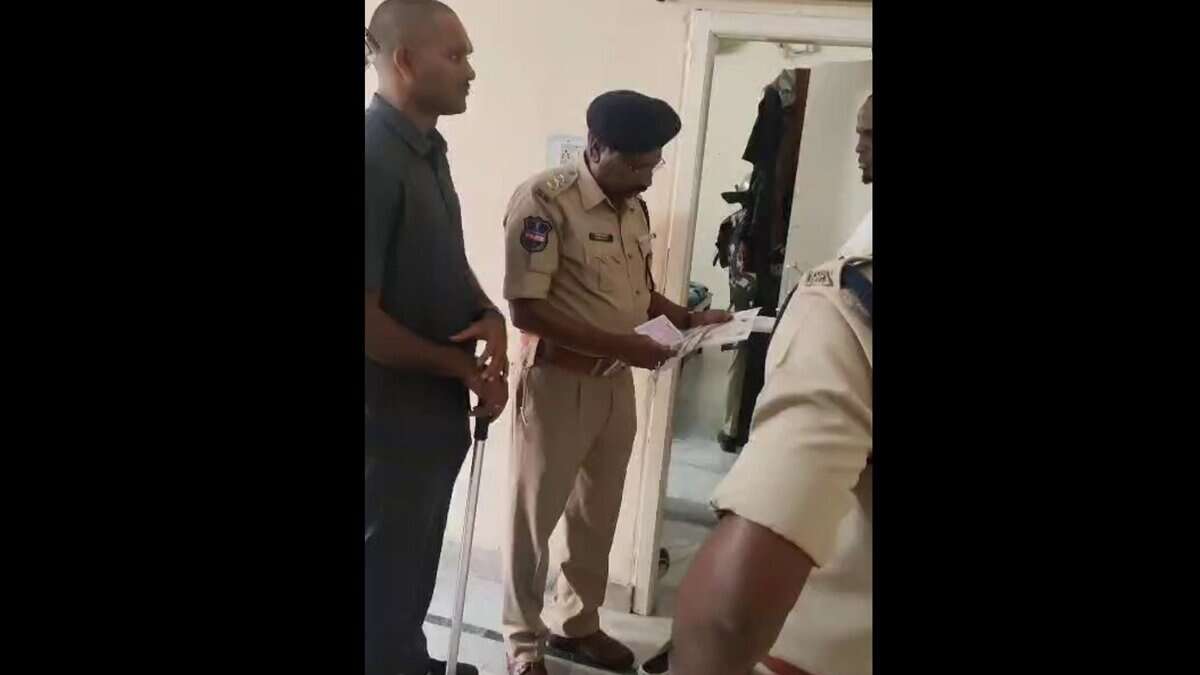Operation Sindoor showed India’s resolve to fight terrorism, but it also highlighted the need for constant vigilance.
On Sunday, May 18, at 5:59 am, the Indian Space Research Organisation (ISRO) will launch its powerful PSLV-C61 rocket from Sriharikota, carrying the EOS-09 satellite, also known as RISAT-1B. This mission is not just another space launch—it’s a game-changer for India’s security and surveillance, especially after the recent Operation Sindoor, a daring counter-terror strike following the tragic killing of civilians in Pahalgam. With tensions high, EOS-09 is India’s eye in the sky, ready to strengthen our borders and keep a sharp watch on every movement.
The EOS-09 is a Radar Imaging Satellite (RISAT), part of ISRO’s effort to build a strong network of Earth observation satellites. Unlike regular cameras, its Synthetic Aperture Radar (SAR) can take crystal-clear pictures of the Earth, even through thick clouds, heavy rain, or pitch-black nights. This makes it a superhero for border surveillance, disaster monitoring, and tracking enemy movements. Whether it’s spotting intrusions along the India-Pakistan border or mapping floods and forests, EOS-09 is built to deliver frequent, high-quality images that our security forces and scientists need to act fast.
This launch comes at a critical time. Operation Sindoor showed India’s resolve to fight terrorism, but it also highlighted the need for constant vigilance. EOS-09 will provide real-time data to our forces, helping them track suspicious activities and respond swiftly. Its ability to capture images day or night, rain or shine, makes it a vital tool for keeping our borders safe and secure.
The PSLV-C61, standing tall at 44.5 metres and weighing 321 tonnes, is a trusted workhorse. This is its 63rd flight and the 27th time it’s flying in the powerful XL configuration, with extra-large boosters for added muscle. Just 17 minutes after liftoff, it will place the 1,696.2 kg EOS-09 into a Sun-synchronous polar orbit. This special orbit ensures the satellite passes over the same spot on Earth at nearly the same time every day, giving consistent images for monitoring changes in land, water, or weather patterns.
What makes this mission even smarter is ISRO’s focus on keeping space clean. EOS-09 carries extra fuel, not just for its five-year mission but to safely de-orbit when its job is done. This means the satellite will be brought down to burn up in the Earth’s atmosphere within two years of its mission’s end, leaving no space junk behind. Even the rocket’s fourth stage will have its leftover fuel removed, following global safety rules to prevent explosions or debris that could harm other satellites.
This launch also showcases ISRO’s new Payload Integration Facility (PIF), used for only the second time after the Spadex mission in December. The PIF lets ISRO prepare the rocket separately and move it to the launch tower just before liftoff. This keeps the main launch pad free for other missions, helping ISRO launch more rockets faster and avoid delays.
EOS-09 is a step forward from its predecessor, EOS-04, launched in 2022. It’s designed to take pictures more often, giving scientists and agencies frequent updates about the Earth’s surface. From agriculture and forest mapping to disaster management and border security, this satellite will play a big role in India’s growth and safety.
However, this mission follows a rare setback for ISRO. Just four months ago, the 100th launch failed to place the NVS-02 navigation satellite into its correct orbit. That was a reminder that space is tough, even for a space agency as reliable as ISRO. But with EOS-09, ISRO is bouncing back, showing the world that India’s space programme is stronger than ever.
As we watch the PSLV-C61 soar into the sky on Sunday, let’s remember what’s at stake. Operation Sindoor was a wake-up call, and EOS-09 is our answer—a powerful tool to protect our nation, monitor our lands, and keep our people safe. This is more than a satellite launch; it’s a bold statement that India is watching, ready, and unstoppable.
Let’s cheer for ISRO as it lights up the skies and strengthens our nation’s future!
Jai Hind!
——- E.O.M
( Girish Linganna is an award-winning science writer and Defence, Aerospace & Geopolitical Analyst based in Bengaluru. He is also Director of ADD Engineering Components India Pvt. Ltd., a subsidiary of ADD Engineering GmbH, Germany. Contact: girishlinganna@gmail.com )
Topics















































